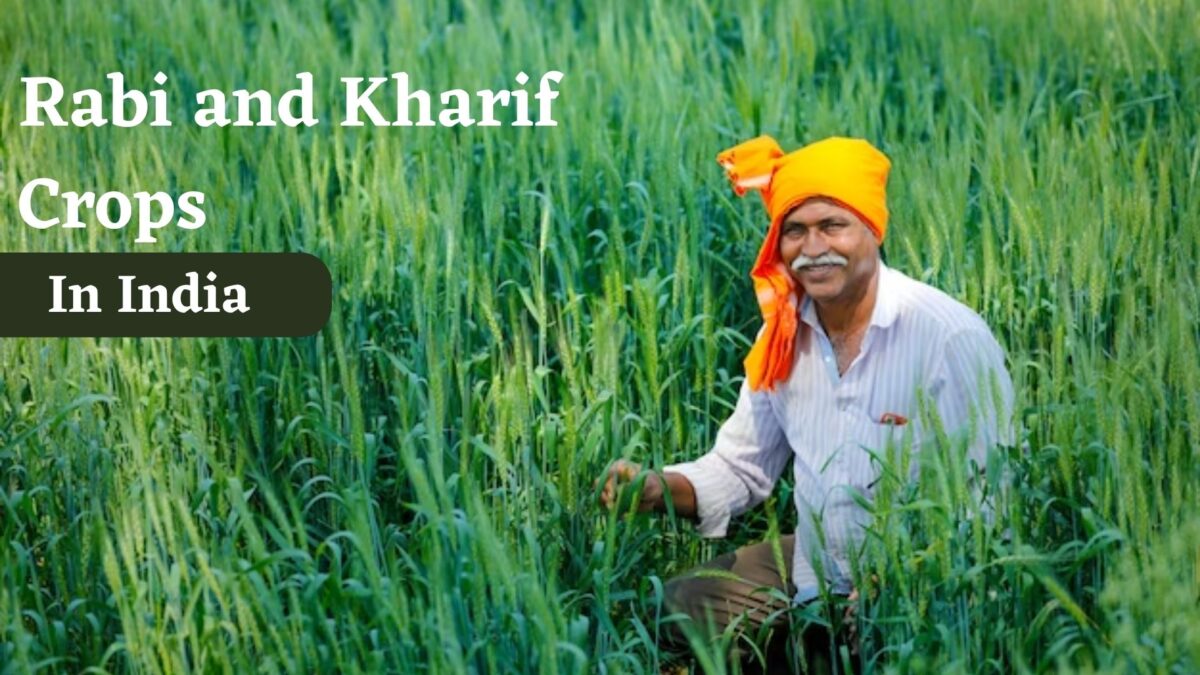India is blessed with a diverse climate and fertile land, which has contributed to its rich agricultural heritage. The agricultural sector in the country thrives on two primary cropping seasons: Rabi and Kharif. These seasons bring about a symphony of agricultural activities as farmers sow, nurture, and harvest different crops. This blog aims to explore the significance of Rabi and Kharif crops in India, their characteristics, and their impact on the nation’s food security and economy.
Understanding Rabi Crops
The Rabi season, which usually spans from October to March, marks the winter cropping period in India. Rabi crops are sown with the onset of the northeast monsoon, characterized by cooler temperatures and lower moisture content in the soil. Some notable Rabi crops include wheat, barley, peas, mustard, gram, and oats.
Wheat, being the most important Rabi crop, occupies a significant portion of agricultural land in northern India. The Gangetic plains, Punjab, Haryana, and Uttar Pradesh are the key wheat-producing regions. Barley, known for its adaptability to marginal lands, is extensively cultivated in Rajasthan. Rabi crops like peas, mustard, gram, and oats are also grown across various states, contributing to the country’s agricultural output.
Kharif Crops and the Blessing of Monsoon
The Kharif season, which spans the summer months from June to October, coincides with the southwest monsoon, bringing abundant rainfall to the Indian subcontinent. The high humidity and increased moisture content in the soil during this season favor the cultivation of Kharif crops. Rice, maize, cotton, sugarcane, groundnut, and jute are some prominent crops grown during this period.
Rice, a staple food in India, is a primary Kharif crop cultivated throughout the country. States such as West Bengal, Uttar Pradesh, Andhra Pradesh, and Bihar are major contributors to rice production. Maize, another important Kharif crop, finds its place in both the food and feed industries. Cotton, a cash crop, dominates the Kharif landscape in states like Gujarat, Maharashtra, and Andhra Pradesh. Groundnut, grown in arid and semi-arid regions, plays a vital role in edible oil production.
The Impact on Food Security and Economy
The cultivation of Rabi and Kharif crops significantly contributes to India’s food security and economic growth. These two cropping seasons ensure a consistent supply of food throughout the year. Rabi crops provide the bulk of food grains required to meet domestic demand, with wheat being a staple in Indian diets. Kharif crops, especially rice, play a vital role in fulfilling the food requirements of the nation.
The agricultural sector and commercial farming, being the backbone of the Indian economy, heavily relies on Rabi and Kharif crops. These crops generate employment opportunities for millions of farmers and agricultural laborers. Additionally, they contribute to the overall GDP and act as a major source of revenue for the country through exports.
Conclusion
Rabi and Kharif crops in India play a pivotal role in the nation’s agricultural landscape, ensuring food security and driving economic growth. The distinct characteristics of these cropping seasons and the diversity of crops cultivated offer a remarkable symphony of agricultural activities. With careful planning, technological advancements, and government support, Indian farmers continue to harness the potential of Rabi and Kharif crops, bolstering the nation’s agricultural productivity and prosperity.


